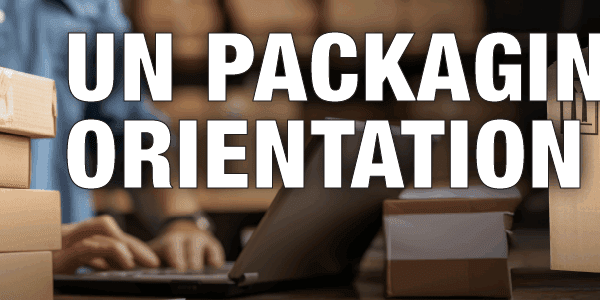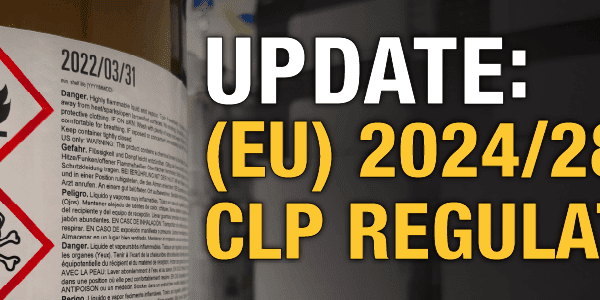 Sodium VS Lithium-Ion Batteries
Sodium VS Lithium-Ion Batteries
Sodium-ion batteries and lithium-ion batteries are both types of rechargeable batteries, but they differ in terms of the materials they use for their electrodes and electrolytes. Here are the key differences between sodium-ion (Na-ion) batteries and lithium-ion (Li-ion) batteries:
Materials Used
Sodium-ion Batteries: Sodium-ion batteries use sodium ions (Na+) as the charge carriers. These batteries typically use sodium-based compounds for both the cathode and anode materials.
Lithium-ion Batteries: Lithium-ion batteries use lithium ions (Li+) as the charge carriers. They commonly use lithium-based compounds for the cathode and carbon-based materials for the anode.
Energy Density:
Lithium-ion batteries generally have higher energy densities compared to sodium-ion batteries. This means that for a given size and weight, lithium-ion batteries can store more energy, leading to longer battery life and greater energy storage capacity.
Voltage:
Sodium-ion batteries usually have lower cell voltages compared to lithium-ion batteries. This can affect the overall performance and power output of devices that use these batteries.
Cycle Life:
The cycle life refers to the number of charge and discharge cycles a battery can go through before its capacity significantly degrades. Lithium-ion batteries tend to have better cycle life and overall longevity compared to sodium-ion batteries.
Safety and Stability:
Sodium-ion batteries can potentially be safer than lithium-ion batteries because sodium is more abundant and less prone to certain types of thermal runaway reactions. Lithium-ion batteries, while safe under normal conditions, have been known to catch fire or explode if damaged or subjected to extreme conditions.
Availability and Cost:
Sodium is more abundant and widely available than lithium is, which could make sodium-ion batteries more cost-effective. However, lithium-ion battery technology is more mature and established, leading to a higher level of development and manufacturing efficiency, which could impact the cost comparison.
Application and Development Stage:
Lithium-ion batteries have been extensively researched and developed for decades, leading to their wide adoption in various applications such as consumer electronics, electric vehicles, and renewable energy storage. Sodium-ion batteries are still in the early stages of development and commercialization. While promising, they have not yet reached the same level of widespread application as lithium-ion batteries.
In summary, both sodium-ion and lithium-ion batteries have their own advantages and disadvantages. Sodium-ion batteries hold potential due to the abundance of sodium resources and potential safety benefits, but they are still in the process of being optimized and scaled up for practical use. Lithium-ion batteries, on the other hand, are more established and widely used across various industries due to their higher energy density and longer cycle life.
Be prepared to see new entries incoming in the dangerous goods list in 2025, in relation to Sodium ion batteries, UN 3551, Sodium ion batteries, UN 3552, Sodium ion batteries packed with equipment and UN 3552, Sodium ion batteries contained in equipment.
Do you ship lithium batteries or products that contain lithium batteries? ICC offers training, contact us today and we can help you choose the course you need!
Stay up to date and sign up for our newsletter!
We have all the products, services, and training you need to ensure your staff is properly trained and informed.
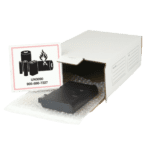 Lithium Battery Lithium BatteryShipping Kit |
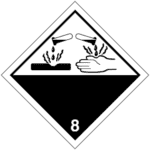 Hazard Class 8 Label Hazard Class 8 Label |
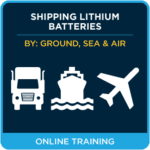 Shipping Lithium Batteries Shipping Lithium BatteriesTraining Courses |


